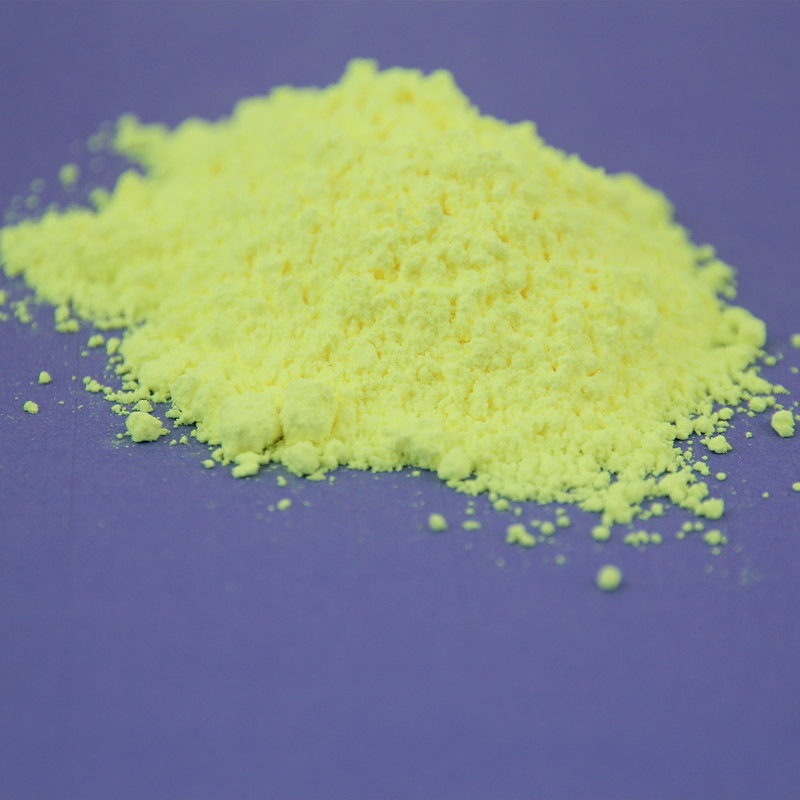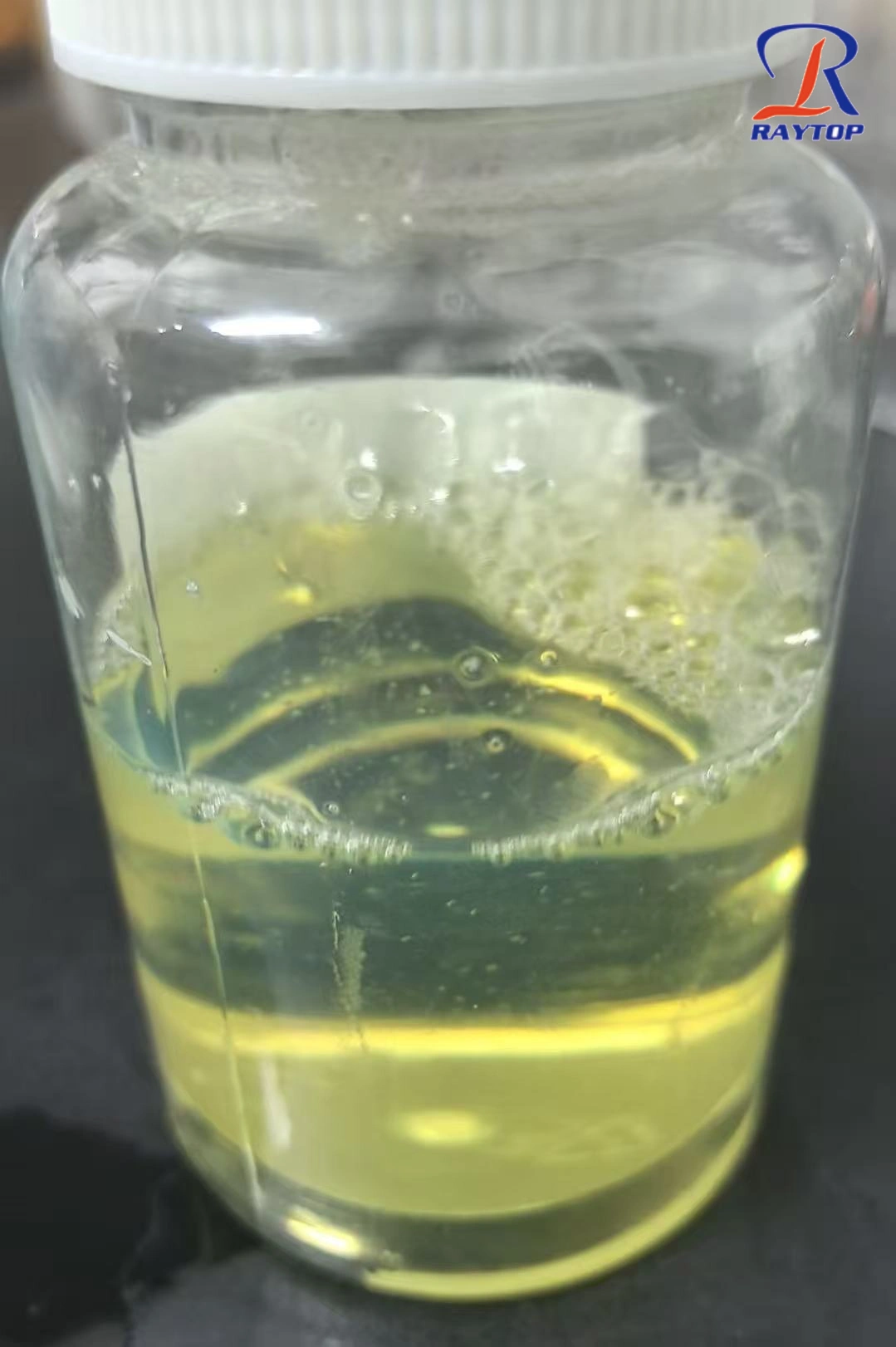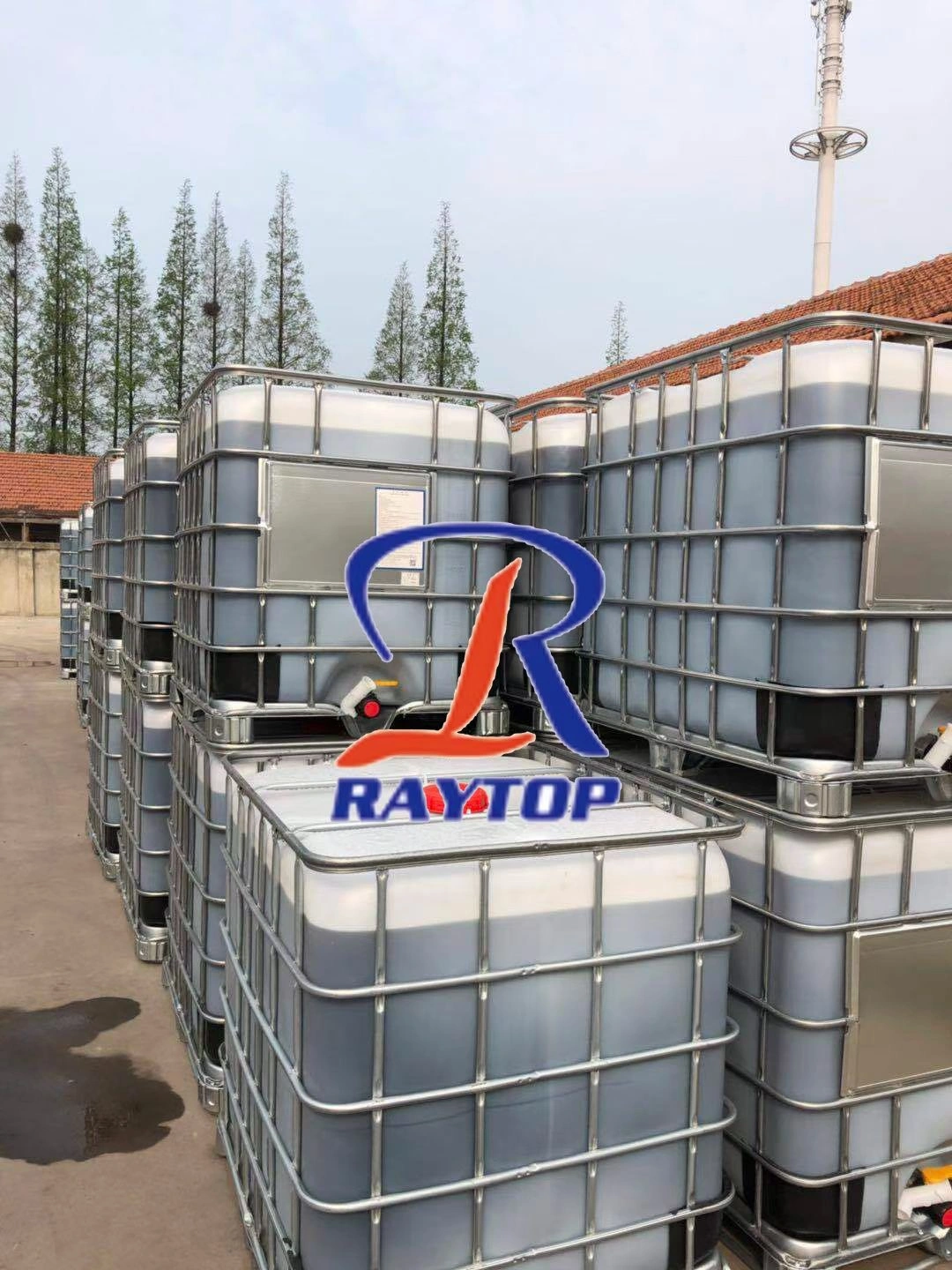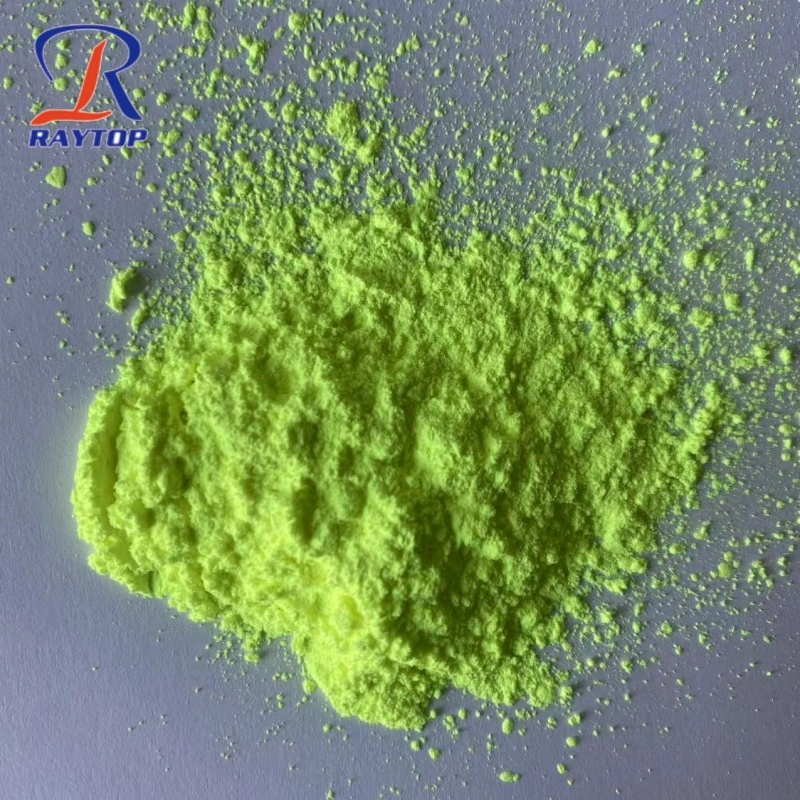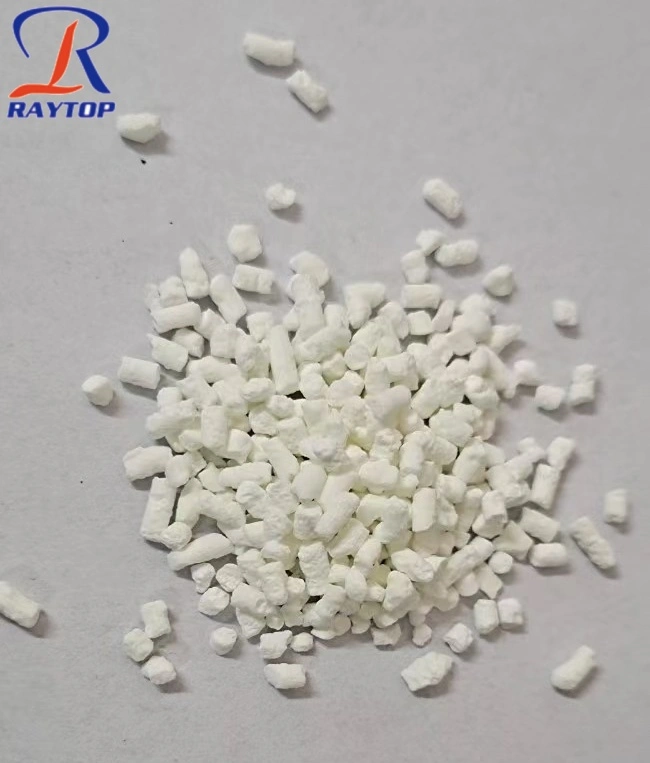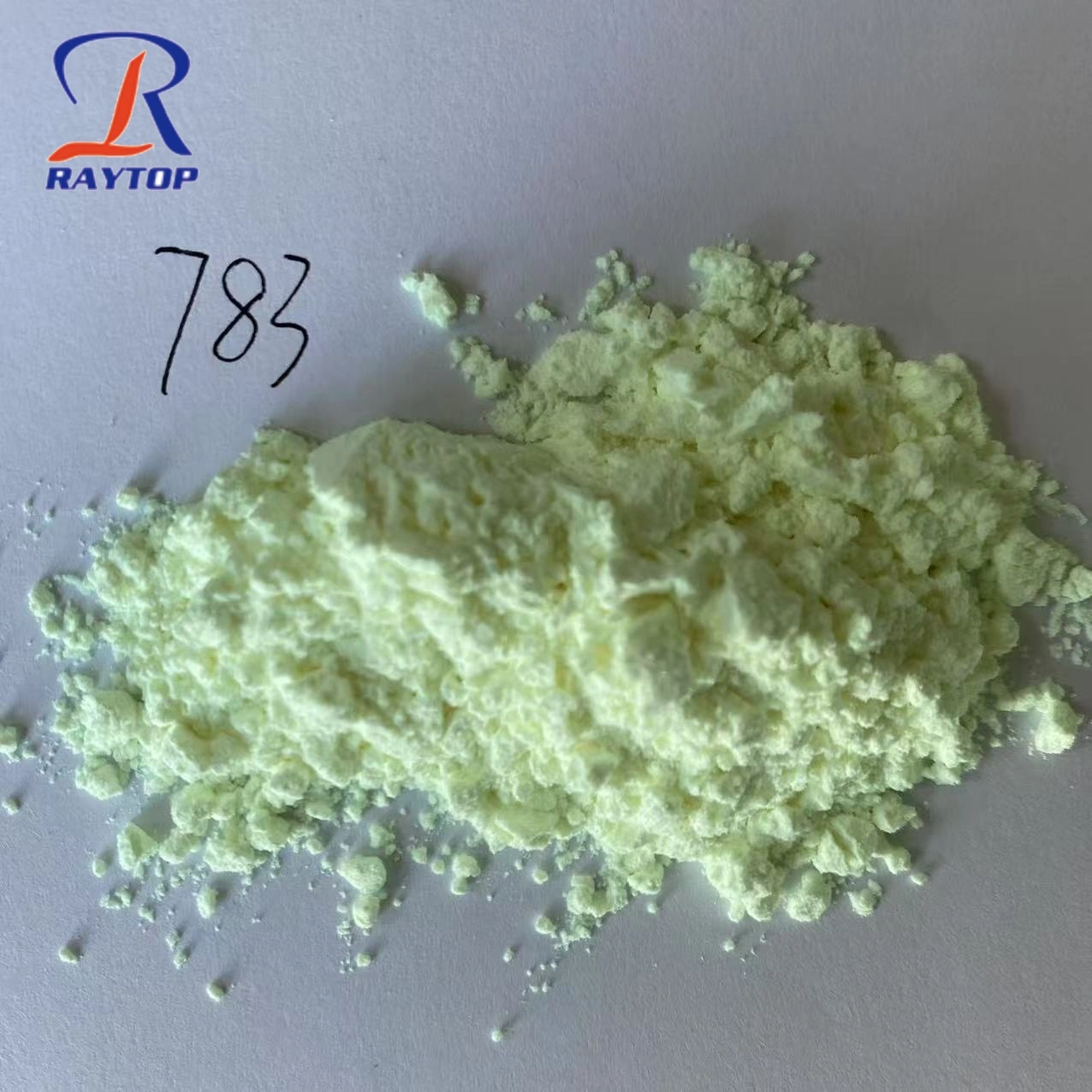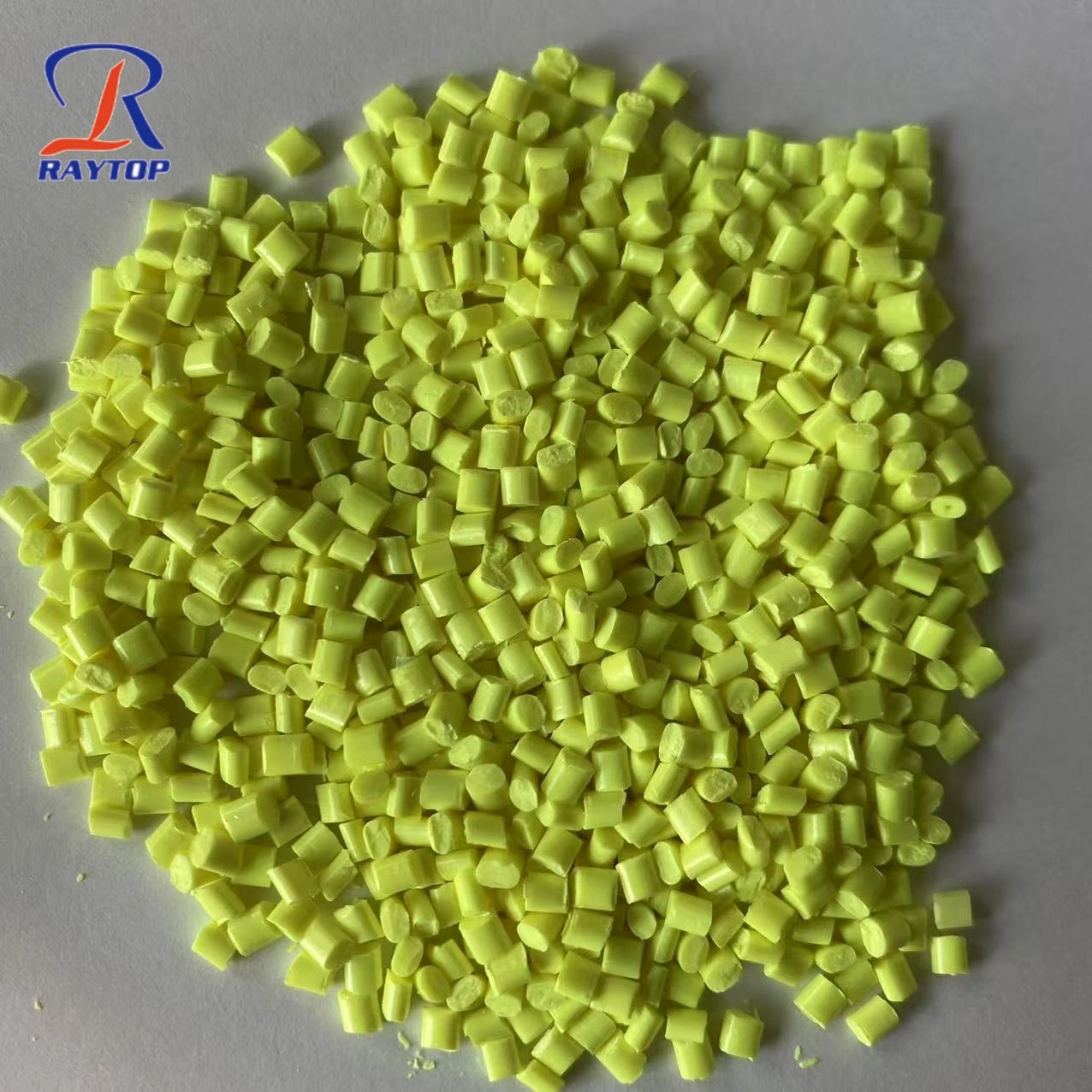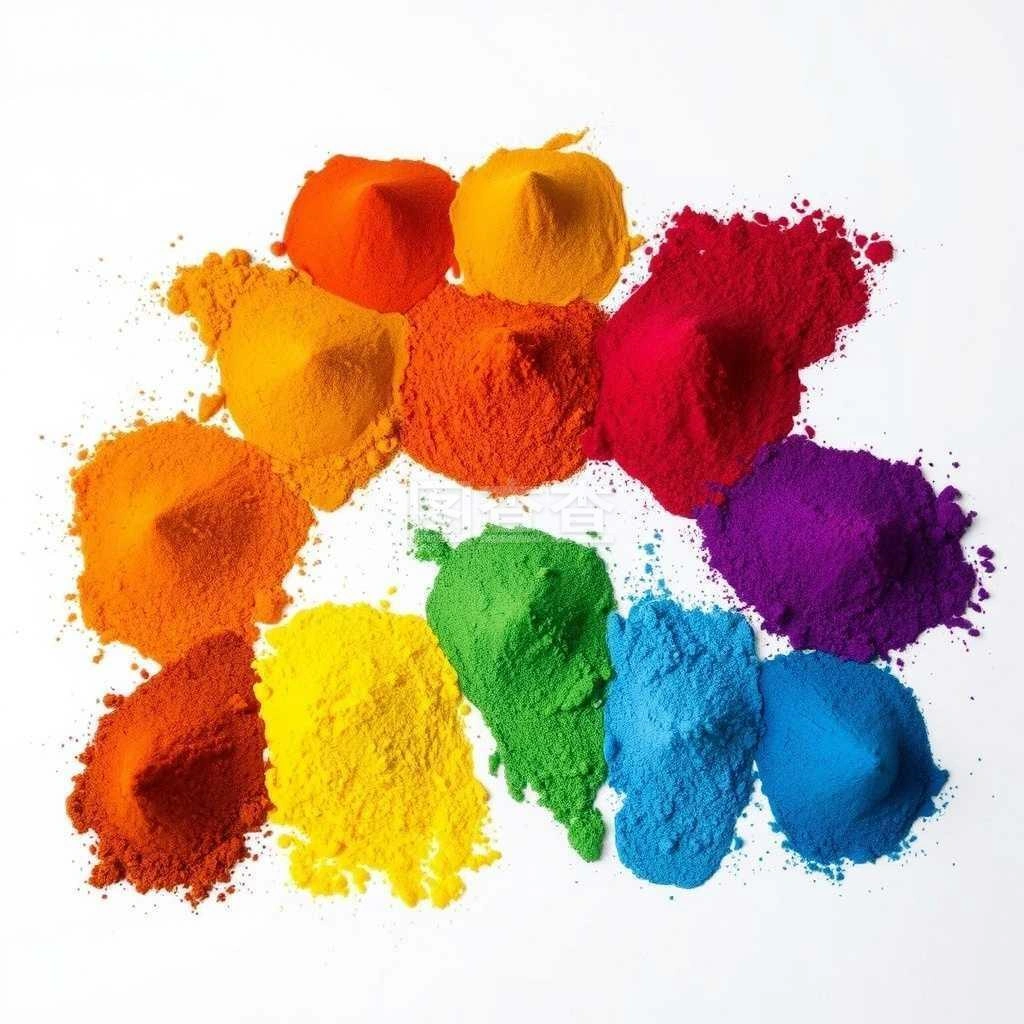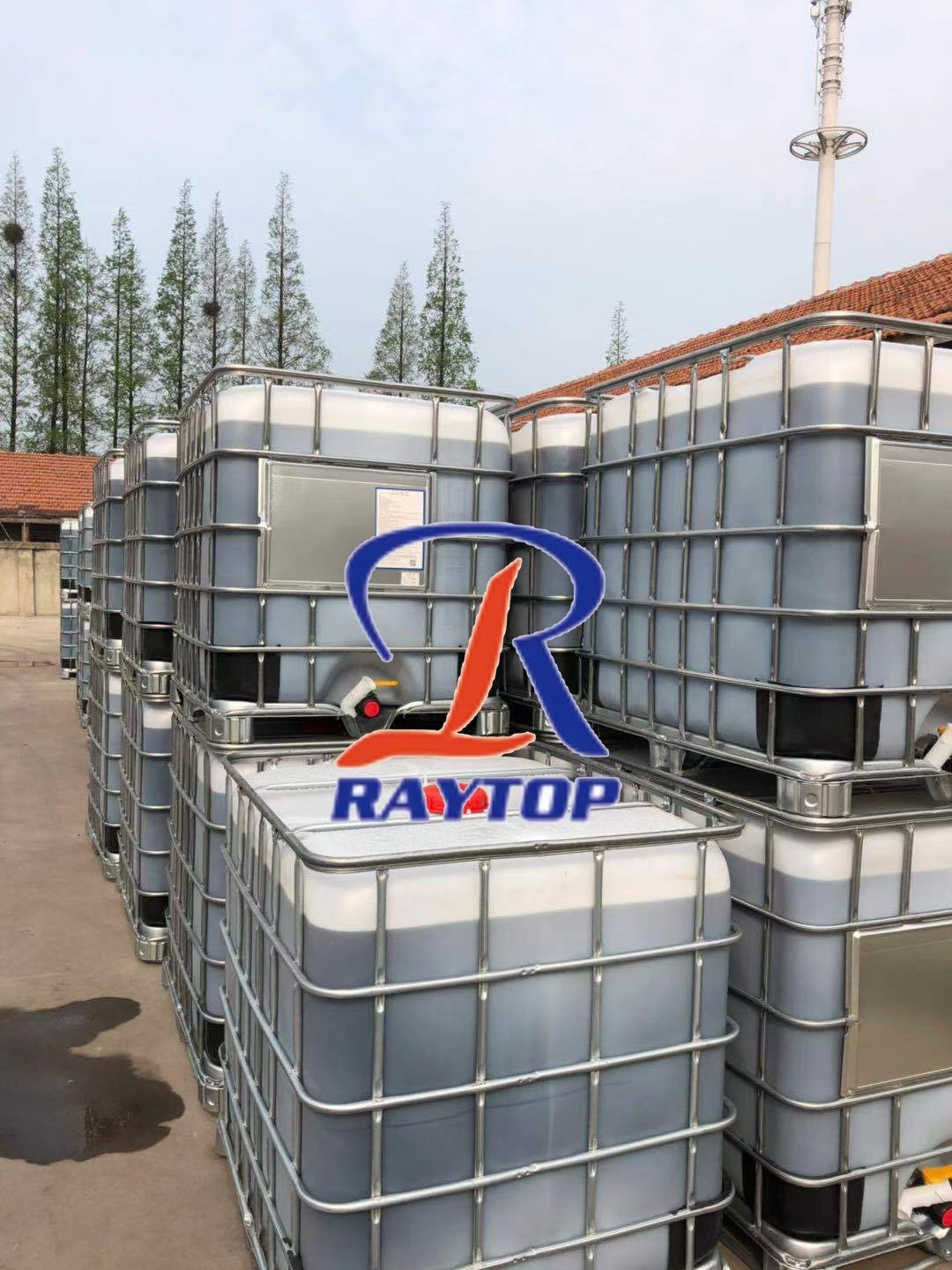What are optical brighteners in laundry detergent?
Optical brighteners also known as fluorescent agents, optical brightening agents (OBAS), fluorescent brightening agents (FBAs), fluorescent brightener, or fluorescent whitening agents (FWAs) are a kind of fluorescent dyes, or white dyes, and also a complex organic compound. Its characteristic is that it can absorb incident light and produce fluorescence, so that the dyed material can obtain a glittering effect similar to fluorspar, and the material seen by the naked eye is very white.
Its characteristic is that it can absorb incident light to produce fluorescence, so that the dyed material can obtain a glittering effect similar to fluorspar, so that the material seen by the naked eye is very white and achieve the whitening effect. Its function is to transform the invisible ultraviolet radiation absorbed by the product into purple blue fluorescent radiation, complement each other with the original yellow radiation into white light, and improve the whiteness of the product under sunlight.
Fluorescent brighteners have been widely used in textile, papermaking, washing powder, soap, rubber, plastics, pigments and paints.
How Do Optical Brighteners Work?
Optical brighteners (OBs), or fluorescent whitening agents (FWAs), are synthetic chemicals designed to enhance the perceived whiteness and brightness of materials by manipulating light-matter interactions. Their mechanism relies on fluorescence, a process where energy absorbed from ultraviolet (UV) light is re-emitted as visible light. Below is a detailed breakdown of their working principle, supported by key data and technical insights.
1. Molecular Structure: The Foundation of Light Absorption
Optical brighteners are organic molecules with a conjugated double-bond system—a sequence of alternating single and double bonds (e.g., aromatic rings, styryl groups). This structure allows electrons to delocalize across the molecule, creating a "cloud" of high-energy electrons that can absorb UV photons.
Key structural feature: Most OBs contain a stilbene core (two benzene rings connected by an ethylene bridge, e.g., 4,4'-bis(styryl)biphenyl derivatives) or a coumarin core (benzopyrone). For example, Optical Brightener OB-1 (4,4'-bis(2-sulfostyryl)biphenyl disodium salt) has a stilbene backbone with sulfonic acid groups (-SO₃⁻Na⁺) for water solubility.
Absorption wavelength range: OBs typically absorb UV light in the 300–400 nm range (near-UV), matching the UV output of sunlight (which contains ~5% UV) and artificial sources like LEDs or fluorescent bulbs.
2. Fluorescence: Converting UV to Visible Light
When OB molecules absorb UV photons, their electrons jump to a higher energy state (excited state). As they relax back to the ground state, they release this excess energy as visible light (typically blue or blue-violet wavelengths, ~400–500 nm)—a process called fluorescence.
Quantum yield (Φ): This measures the efficiency of fluorescence (ratio of photons emitted to photons absorbed). High-quality OBs have a quantum yield of 0.2–0.8 (20–80%). For example, OB-1 has a quantum yield of ~0.6, meaning 60% of absorbed UV energy is re-emitted as visible light.
Emission peak: The wavelength of emitted light depends on the OB’s molecular structure. Most OBs emit in the 400–450 nm range (blue), which is the complementary color of yellow (450–500 nm). This makes them ideal for neutralizing yellowing in materials.
3. Counteracting Yellowing: The "Whitening" Effect
Natural and synthetic materials (e.g., textiles, plastics, paper) often appear yellow due to:
Impurities: Residual dyes, dirt, or degradation byproducts (e.g., lignin in paper, oxidation products in plastics).
Structural defects: Amorphous regions in polymers that scatter light unevenly.
OBs mask this yellowing by emitting blue light, which combines with the material’s reflected yellow light to produce a perceptually whiter appearance.
Colorimetry data: Using the CIE (International Commission on Illumination) color space, a typical yellow material (with a yellow hue angle of ~80°) treated with OB will shift its hue angle to ~95°–100° (near-white), while its brightness (L* value) increases by 10–30%. For example, a polyethylene film with a baseline L* of 85 (pale yellow) can reach L* = 95 (bright white) after OB treatment.
4. Application-Specific Performance Data
OB efficiency varies by material and application. Below are key metrics for common uses:
a. Plastics
Substrate: Polyethylene (PE), polypropylene (PP), polyesters (PET).
Typical dosage: 0.05–0.3 wt%.
Effect: Increases L* value by 15–25% and reduces yellowness index (YI) by 50–80%. For example, a PP film with YI = 15 (slightly yellow) treated with 0.1% OB-1 shows YI = 3–5 (near-white).
b. Textiles
Substrate: Polyester (PET), nylon, cotton blends.
Typical dosage: 0.1–0.5 wt% (in dye baths or finishing treatments).
Effect: Enhances whiteness index (WI) by 20–40%. A cotton fabric with WI = 80 (off-white) treated with 0.3% OB shows WI = 100–110 (bright white).
c. Detergents
Substrate: Cotton, synthetic fibers.
Typical dosage: 0.1–0.5 g/L (in washing solutions).
Effect: Restores whiteness of aged fabrics by removing yellowing (from sweat, dirt) and adding blue fluorescence. A 60°C wash with OB-containing detergent can increase fabric brightness by 15–20% compared to detergent without OB.
5. Stability: Ensuring Long-Term Performance
For OBs to work effectively, they must remain stable under processing and use conditions:
Heat stability: Most OBs decompose at temperatures above 250–300°C. For example, OB-1 has a decomposition temperature of ~280°C, making it suitable for plastic extrusion (typical processing temp: 200–280°C).
Light stability: OBs are resistant to UV degradation but may fade over time under prolonged sunlight. For instance, a plastic product treated with OB will retain ~80–90% of its brightness after 6 months of outdoor exposure.
Optical brighteners work by absorbing near-UV light (300–400 nm) and re-emitting it as visible blue light (400–450 nm), neutralizing yellow tones and enhancing perceived whiteness. Their efficiency is driven by conjugated molecular structures, high quantum yields, and application-specific dosages. With data-backed performance in plastics, textiles, and detergents, OBs remain indispensable for achieving the "bright white" aesthetic demanded by modern consumer products.
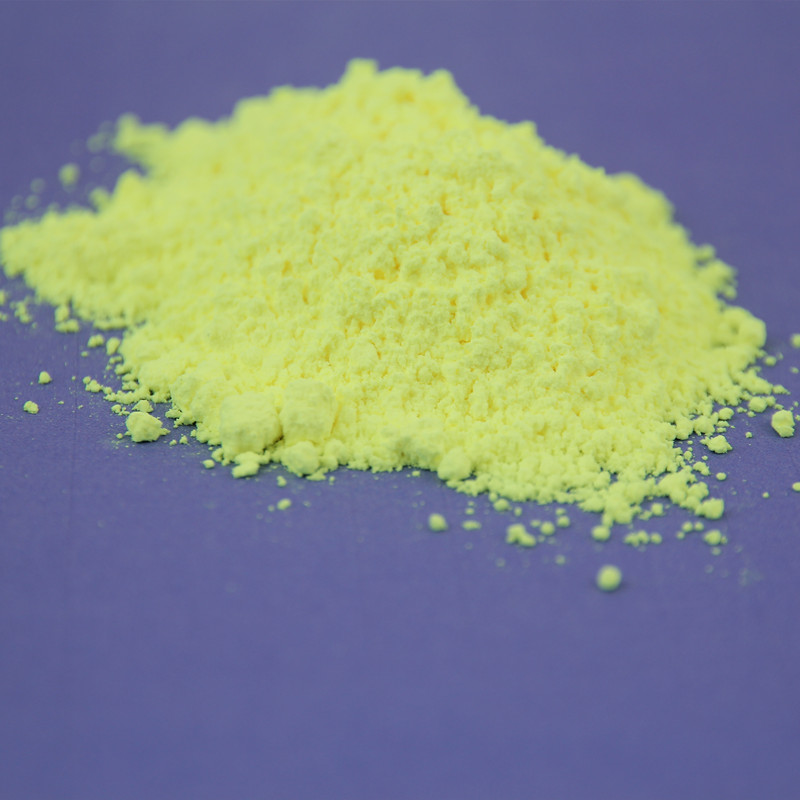
Specifications Table
| Optical Brightener | Chemical Composition | UV Absorption Range (nm) | Emission Range (nm) | Compatibility | Solubility | Usage Concentration | Stability |
|---|---|---|---|---|---|---|---|
| CBS-X | Disodium 4,4'-bis(2-sulfostyryl) biphenyl | 340-360 | 420-440 | Anionic detergents, neutral pH | Water-soluble | 0.05 - 0.2% | Stable in water, sensitive to acids |
| Tinopal DMS | 4,4'-bis[(4-anilino-6-morpholino-1,3,5-triazin-2-yl)amino] stilbene-2,2'-disulfonic acid disodium salt | 350-370 | 430-460 | Suitable for all detergent types | Water-soluble | 0.1 - 0.3% | Stable in high temperatures |
| Tinopal CBS | 4,4'-bis(2-sulfostyryl) biphenyl | 340-360 | 420-440 | Compatible with anionic surfactants | Water-soluble | 0.05 - 0.2% | Good stability in high pH |
| Blankophor HRH | Sodium salt of distyrylbiphenyl | 340-370 | 430-450 | Effective in all pH conditions | Water-soluble | 0.05 - 0.15% | Excellent chemical stability |
| Leucophor BSB | Stilbene derivative | 340-365 | 430-450 | Suitable for anionic and nonionic surfactants | Water-soluble | 0.05 - 0.2% | Stable in light and water |
Are optical brighteners harmful to human body?
Scientists have studied the possible toxicity of optical brighteners to human body from many angles. It is concluded that the fluorescent brightener in detergent is safe for human body.
Reports about optical brighteners in washing powder / liquid always worry everyone. Then, is there really optical brighteners in washing powder / liquid? What are the effects of fluorescent agents on human body? What scientific methods can we accurately distinguish whether it contains fluorescent agents? With these questions, listen to the answers of chemical experts——
1. Is there really an optical brightener in the washing powder / liquid?
Fluorescent brightener or optical brightener is a compound with high quantum efficiency. It can effectively whiten the white or white matrix (such as textiles, paper, plastics and coatings) in the order of one million to one hundred thousandth of a million.
It can absorb ultraviolet light with a wavelength of about 340 ~ 380nm and emit blue light with a wavelength of about 400 ~ 450nm. It can effectively make up for the yellowing of white substances caused by blue light defects, and visually significantly improve the whiteness and brightness of white substances.
The optical brightener itself is colorless or light yellow (green). The brightener has a cyclic conjugate system in chemical structure, such as stilbene derivatives and phenylpyrazoline derivatives. The optical brightener that has been industrialized has 15 basic structural types and nearly 400 chemical structures. The largest optical brighteners in China are VBL, CXT and liquid brighteners for papermaking.
Optical brighteners are generally divided into two categories, one is water-soluble brightener, the other is water-insoluble brightener. The former can be used as a whitening agent for paper, coatings, washing powder and washing liquid. The latter can be used for whitening of chemical fiber and plastics. Therefore, the washing powder and liquid in the laundry contain water-soluble optical brighteners.
2. If there is optical whitening agent in laundry detergent, how harmful is it to your body?
With the wide use of optical brighteners, people begin to worry about whether optical brighteners will affect human health. Scientists' research is also gradually inclined to this field.
Therefore, aiming at the possible toxicity of optical brighteners to human body, scientists have conducted research from multiple angles, including the dose of possible toxicity, the side effects of long-term exposure, sensitization and so on.
In 1999, the European Chemical Industry Association (Cefic) and the European soap and Detergent Association (aise) launched the "human and environmental risk assessment of household cleaning products (Hera)" project. The results show that the optical brightener for laundry detergent is safe for long-term use in detergent and will not have a negative impact on human body and environment.
In October 2007, the Japan soap and Detergent Industry Association (JSDA) released the "Risk assessment results of the impact of optical brighteners on human health and the environment" report. The research conclusion is that optical brighteners for laundry detergents are safe for human body and the environment.
Since the 1970s, many researchers in China have also done a lot of research on the safety of fluorescent brighteners, and there is "is synthetic detergent toxic?" The publication of the book affirmed the safety of fluorescent brighteners for detergents.
In 2008, China Light Industry Federation issued the enterprise standard of optical brightener for detergent. Expert demonstration meeting on the subject of "Health risk assessment guidelines for washing products raw materials" held in April 2016. After discussion, experts also determined that the fluorescent whitening agent in washing products is safe for consumers and can be used safely.
3. How to identify products with optical brighteners?
When irradiated with a purple light lamp (purple light 365), the daily necessities containing fluorescent agent are bright blue, and the ones that do not contain are darker purple.
Baby clothes, diapers, and facial mask try to avoid buying products containing fluorescent agents. It is generally no problem to purchase regular products from regular channels through daily channels.
4.What are the common optical brighteners in detergent and detergent?
Stilbene biphenyls (such as CBS) and BIS triazine aminostilbenes (such as BLF, FBM, etc.).
Fluorescent brightener fbm-el is a special brightener for liquid detergent
Fluorescent brightener FBM is an important fine chemical product, which is widely used in various liquid detergents to increase the whiteness and color brightness of washed fabrics. Generally, the addition amount is in the proportion of 0.1-0.4%. The recommended dosage of FBM in detergent is no more than. Due to the technical requirements of detergent formula, fluorescent brightener for detergent can only be added in a small amount. If it is added in excess, it will not increase the washing effect, but turn the clothes yellow.
Fluorescent brightener FBM is a kind of functional assistant in laundry detergent, which has high quantum efficiency. It is also added in a small amount in laundry products. The whitening agent FBM is different from chemical redox bleaching. It can absorb ultraviolet rays and emit blue fluorescence, which is superimposed with the yellow light of the clothing itself to form white light, so that the clothing becomes whiter and brighter visually.
Fluorescent brightener BLF in laundry detergent
The application of new optical brightener BLF (heliya BLF) and three common traditional fluorescent brighteners (31#, 33# and CBS-X) in phosphorus free and phosphorus containing ordinary washing powder was studied from the aspects of powder whiteness, fabric whiteness and cost. The experimental results show that the powder whiteness, fabric whiteness and Fabric whitening is superior to the three commonly used traditional fluorescent brighteners in both aspects. The cost increase of washing powder is 31#, 33# equivalent, but much lower than cbs-x. it has a high performance price ratio, significantly improves the decontamination value of washing powder, and is an ideal upgrading product of traditional brighteners. At the same time, Helia BLF can be mixed into liquid detergent in high concentration, with transparent appearance, no precipitation and turbidity at low temperature, It fills the gap of Brightener for liquid washing in China
Fluorescent brightener CBS-X is added to the washing liquid.
This brightener is specially developed for washing products
Nickname: 2,2'-((1,1'-biphenyl)-4,4'-diyldi-2,1-ethenediyl)bis-benzenesulfonicaci
2,2'-([1,1'-biphenyl]-4,4'-diyldi-2,1-ethenediyl)bis-benzenesulfonicacidi
2,2'-(4,4'-biphenylylenedivinylene)di-benzenesulfonicacidisodiumsalt
Benzenesulfonicacid,2,2'-[(1,1'-biphenyl)-4,4'-diyldi-2,1-ethenediyl]bis-,disodiumsalt
disodium4,4'-bis(2-sulfostyryl)biphenyl
tinopalcbs
fluorescent brightener cbs-x
disodium 2,2'-[biphenyl-4,4'-diyldi(E)ethene-2,1-diyl]dibenzenesulfonate
disodium 2,2'-[biphenyl-4,4'-diyldi(Z)ethene-2,1-diyl]dibenzenesulfonate
4,4'-Bis-(2-sulfostyryl)-biphenyl disodium salt
Optical Brightening Agent CBS-X for Synthetic detergent
It is mainly used for whitening synthetic detergent, soap and soap, as well as cotton, hemp, nylon wool and paper; Suitable for whitening of cotton, polyester cotton blended fabrics and one bath whitening of cotton blended fabrics; Widely used in detergent, bleaching and dyeing, papermaking, dyes and other industries
Pros and Cons of Using Optical Brighteners
Pros
Enhanced Whiteness and Brightness:
Optical brighteners give fabrics a visually appealing appearance, making them look newer and cleaner.
Increased Perception of Cleanliness:
They can make clothes appear cleaner, even if there are residual stains, as the emitted blue light masks yellowing or dulling.
Versatile Application:
Suitable for various types of detergents, including liquid, powder, and tablets.
Cost-Effective:
Only a small amount is needed to achieve the desired effect, making them cost-effective for manufacturers.
Cons
Environmental Impact:
Optical brighteners are not readily biodegradable and can accumulate in aquatic ecosystems, potentially affecting aquatic life.
Skin Sensitivity:
Some individuals may experience allergic reactions or skin irritation due to the chemicals in optical brighteners.
Fabric Compatibility:
Not all fabrics benefit from optical brighteners. They may not be effective on dark-colored fabrics and can sometimes cause a bluish tint on certain materials.
Residual Build-Up:
Over time, optical brighteners can accumulate on fabrics, leading to a bluish tint and reducing the softness of the material.
If you want to know more, you can read:
Fluorescent brighteners for detergents and soaps
Fluorescent Brightener in Paper
Optical Brightener Powder
Optical brightening agent manufacturing process
Optical brightener uses
How to make optical brightener
List of optical brighteners type in china
Types of optical brightening agent in China
